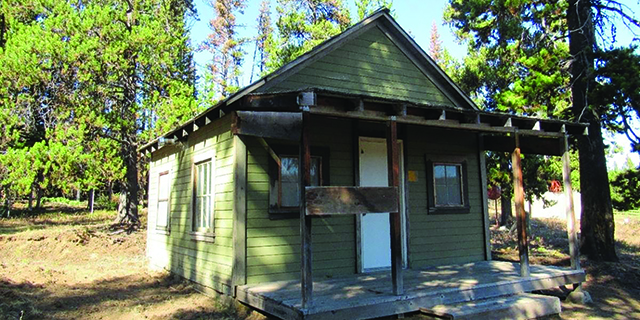Oregon’s coming carbon load
Published 1:21 pm Tuesday, January 27, 2015
We in the Pacific Northwest have watched with some complacency in recent years as oil trains have caught fire in faraway places and ships have disgorged petroleum cargoes and fuel on previously pristine shores. Reporting by the Seattle-based Sightline Institute reminds us that we have already suffered some serious oil spills and had numerous near misses. We also face a future that includes proposals for an astonishing amount of additional oil traffic.
Summing up north Oregon and Washington schemes to export coal and natural gas, we could be transporting five times more carbon than the Keystone XL Pipeline.
Trending
• Oil pipelines. Two new oil pipelines would be capable of carrying more than 1.1 million barrels per day, enough to emit 199 million metric tons of carbon dioxide annually.
• Oil-by-rail facilities. Eleven oil-by-rail facilities at refineries or port terminals could move 858,900 barrels per day, enough to emit 132 million metric tons of carbon dioxide each year.
There are major oil-by-rail proposals in our immediate vicinity, including three on the South Washington Coast at Grays Harbor and three on the Columbia River — including a major expansion of an operation in Clatskanie. The largest, Tesoro/Savage in Vancouver, Wash., would be capable of moving 360,000 barrels of oil per day. It is working its way through the permitting process and expected to be up and running soon, though the plunge in oil prices may curb enthusiasm for it.
These fossil fuel plans win political support, even here in the environmentally conscious Northwest. Visible opposition can be dangerous: Witness Catherine Mater’s summary dismissal from the Oregon Transportation Commission after she voted against a coal-export facility. Terminals create jobs that are often union affiliated, while making oodles of money for investors. This creates a bipartisan groundswell of support in the corridors of power in Salem, Olympia and Washington, D.C.
It is questionable whether ordinary coastal citizens get anything out of these plans, with the exception of eventual trickle-down benefits from state general funds. We certainly face more risk, both from spills and from an increasingly unpredictable climate and ocean.
It’s easy to lose track of just how often we’ve narrowly dodged what could have been catastrophic spills. Sightline reports an overall survey here: tinyurl.com/pssvh23. In the past 20 years, there have been five occasions when ships or barges got into trouble in the Columbia estuary or near enough that they could have ended razor clamming, oystering and other key resource-based industries.
Trending
There are limits on what we can do to influence energy-export proposals. But at a minimum, we should be prepared to comment on them and to exert pressure on elected officials to push for maximum safety and accountability. Corporations that profit must also bear all the financial risks. They must insure that avoiding spills is their first priority and that response plans are effective and fully funded.
The Daily Astorian, based in Astoria, is a sister publication to the Wallowa County Chieftain.









